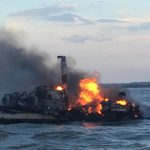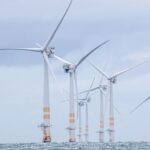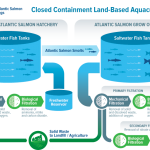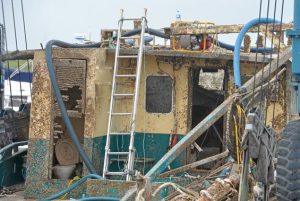Analysis of Northwest, other salmon hatcheries finds nearly all hurt wild salmon populations
 For much of the last century, fish hatcheries have been built in the Northwest, across the U.S. and around the world to boost fish populations where wild numbers have gone down. But an analysis of more than 200 studies on hatcheries programs meant to boost salmonid numbers across the globe – including salmon, trout and whitefish – shows that nearly all have had negative impacts on the wild populations of those fish. Most commonly, hatchery fish reduced the genetic diversity of wild fish, leading to poor health and reproductive outcomes. The findings weigh into a sensitive topic with a big price tag. In the Northwest, hatcheries are supposed to be a solution to declining wild salmonid numbers, caused in large part by hydroelectric dams, overfishing, irrigation and climate change. In the Columbia River Basin alone, officials have spent billions of dollars on nearly 200 hatcheries as well as habitat restoration projects during the past 50 years to improve wild numbers, but research shows those programs are having an opposite effect. more, >>click to read<< 12:34
For much of the last century, fish hatcheries have been built in the Northwest, across the U.S. and around the world to boost fish populations where wild numbers have gone down. But an analysis of more than 200 studies on hatcheries programs meant to boost salmonid numbers across the globe – including salmon, trout and whitefish – shows that nearly all have had negative impacts on the wild populations of those fish. Most commonly, hatchery fish reduced the genetic diversity of wild fish, leading to poor health and reproductive outcomes. The findings weigh into a sensitive topic with a big price tag. In the Northwest, hatcheries are supposed to be a solution to declining wild salmonid numbers, caused in large part by hydroelectric dams, overfishing, irrigation and climate change. In the Columbia River Basin alone, officials have spent billions of dollars on nearly 200 hatcheries as well as habitat restoration projects during the past 50 years to improve wild numbers, but research shows those programs are having an opposite effect. more, >>click to read<< 12:34















































Leave a Reply